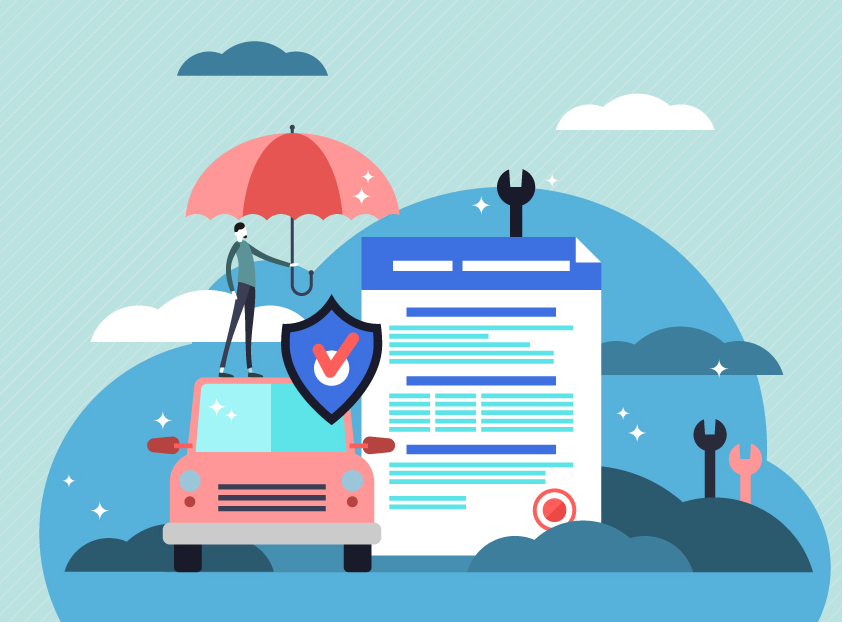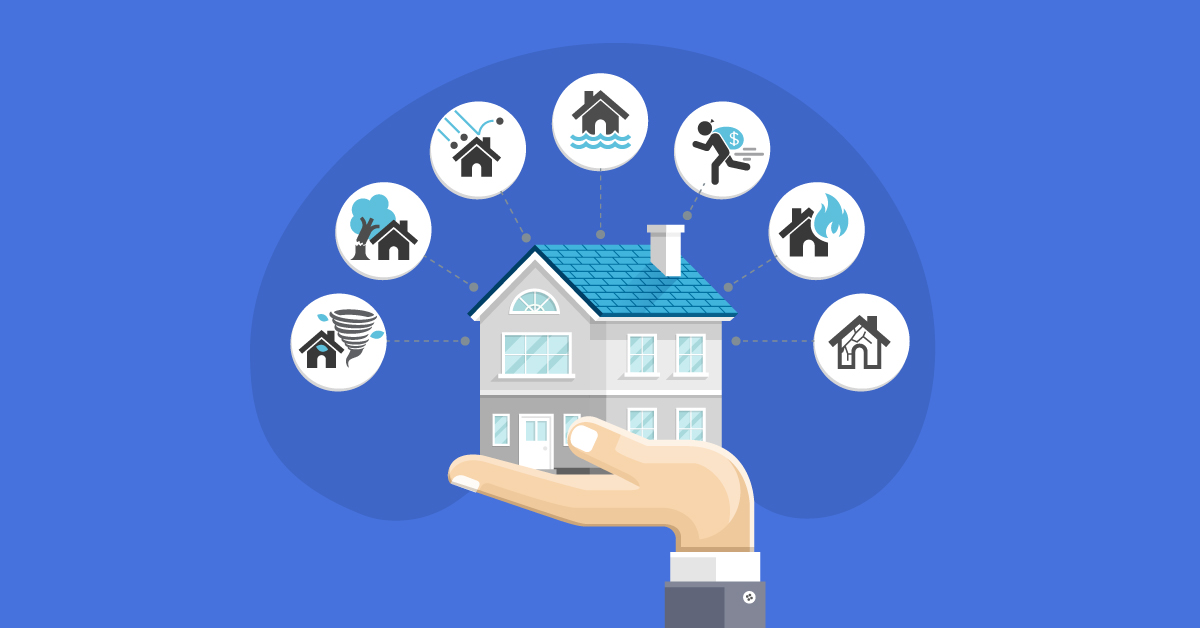Auto liability insurance is required by law in the majority of states. It provides necessary financial protection to pay for damages and injuries to other people if you are found at fault for an accident. It helps to cover the cost of medical bills, property damage, and legal fees if the accident causes injury, death, or other damages. Find out more about what is included in a liability insurance policy and how to determine how much coverage you need.
What Is Covered By Auto Liability Insurance?
Every provider and policy has specific coverage limits, but all liability policies typically cover the property damage and medical costs of injured parties when you are responsible for the accident. It has two components:
- Bodily Injury Liability (BI) refers to the coverage for medical expenses, loss of income due to injury, and pain and suffering damages.
- Property Damage Liability (PD) is the term for the insurance used to pay for repairs and replacement of damaged property. Eligible property normally includes damage to the other driver’s vehicle and nearby homes, businesses, or fencing.
Your policy may also include coverage for legal fees for a lawyer and court fees if you are involved in a lawsuit following the accident.
What Isn’t Covered By Auto Liability Insurance?

Understanding what your liability insurance policy does not cover is just as important as knowing what it does. Liability policies do not cover:
- Damages to your own vehicle
- Medical expenses related to injuries sustained by yourself or your passengers
- Any medical expenses, property damage, or other costs over your policy limit
Additional options are available if you prefer to carry more coverage to protect yourself from the financial risk of an at-fault accident. These include:
- Collision insurance coverage pays for repairs required after your vehicle was damaged in a collision that is your fault. Some policies include coverage for other types of collisions, such as hitting an object like a house or tree or a hit-and-run.
- Comprehensive insurance coverage covers non-collision accidents like a falling tree limb, vandalism, theft, or weather events.
- Personal injury protection (PIP) pays for the medical expenses of both you and your passengers. Some policies include coverage for other associated expenses like lost wages if you cannot work after the accident.
- Medical payments coverage (MedPay) policies cover the eligible medical expenses of yourself and your passengers no matter whose fault it is. Commonly included costs are ambulance transportation, hospital stays, doctor visits, and the deductibles and copays for your health insurance.
Consider your needs and determine which coverage type and amount make the most sense for you.
Who Needs Auto Liability Insurance?
All drivers in the United States need to carry at least the minimum liability insurance required by law in their state. Most states have laws in place that mandate basic coverage limits. Exceptions are drivers that live in New Hampshire and Virginia. However, the laws in these states have eligibility requirements that you must be aware of to remain in compliance. For example, Virginia drivers are only exempt if they make an annual payment of $500 to the state. Failure to comply with state auto liability insurance laws may result in fines, suspension of your registration, and even jail time.
Keep your vehicle insured as long as someone is driving it, even if you don’t drive yourself. As the vehicle owner, you may still be liable if another driver is involved in an accident while operating your car.
You might need to carry at least a liability policy even if your state doesn’t require it. Having insurance is usually a requirement to receive vehicle financing from a lender. It’s also a good idea to weigh the financial risks associated with opting out of an insurance policy. Car accidents and associated costs are expensive. If it is your fault, you could face serious expenses and even legal action. It’s best to be prepared by understanding the steps to take if you are involved in a car accident and protect yourself with proactive measures like an updated auto insurance policy.
Limits of Auto Liability Insurance
The limit of your liability insurance policy is the maximum amount your insurer will pay for a claim. The three categories for this insurance are:
- Bodily injury per person
- Bodily injury per accident
- Property damage per accident
You can choose the level of coverage you want to keep as long as it is greater or equal to your state’s minimum. Policies typically refer to the three categories included in liability insurance by a split limit structure. A forward slash separates two-digit numbers to designate the amount of coverage you hold for each category. For example, a policy listed as 25/50/25 includes the following coverage limits:
- $25,000 per person for bodily injury
- $50,000 total body injury coverage per accident
- $25,000 per accident for damaged property
Sometimes, your insurance carrier may offer a single amount for your liability limit that encompasses all three categories. These policies are called combined single limit (CSL) policies.
How Much Auto Liability Insurance Coverage Do You Need?
Start by determining your state’s minimum coverage. Then, calculate the value of your assets. Can you afford the financial responsibilities if you are found at fault for a car accident? Serious accidents can lead to significant costs. If you choose to purchase only the minimum required by your state, you may find that your insurance doesn’t cover all the costs related to the accident, leaving you scrambling to make up the difference. A higher coverage amount comes with a higher premium but offers greater peace of mind.
Cost of Auto Liability Insurance
The exact cost of your liability insurance policy depends upon several factors:
- Your age
- Your driving record
- Your location
- Vehicle value
- How often you drive
- Your insurance carrier
- Chosen coverage limits
When you are ready to purchase auto liability insurance, identify your insurance needs and obtain a few quotes to compare rates. Most insurers allow you to get a fast quote online or by phone. You can also ask for available discounts to help you save money on your policy. Maintaining a safe driving record is a great way to reduce costs and qualify for discounts.
You might also be interested in: What is an Auto Warranty and 8 Different Coverage Options





